I was broke, depressed and disillusioned – Here's how I cycled my way back to health and happiness
How do you rebuild your fitness, confidence and joy in cycling after years of stress, burnout and poor health? Cycling Weekly's tech editor did exactly that – and these are the lessons he learned along the way
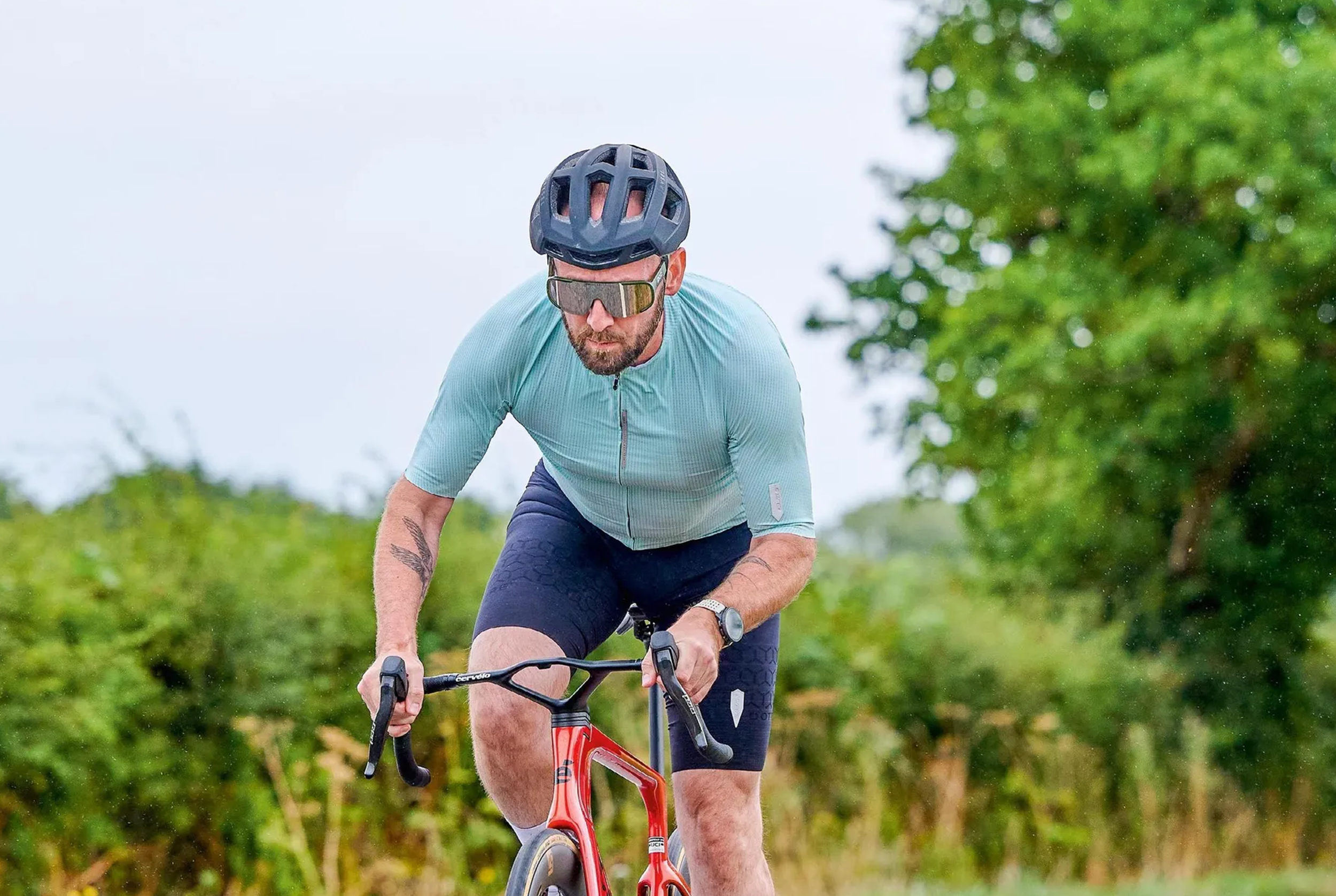

The full, original version of this article was published in the 28th August 2025 print edition of Cycling Weekly. Subscribe online and get the magazine delivered direct to your door every week.
There are plenty of resources out there for people getting started in cycling, but if you’re coming back to it, the energy is both figuratively and physically far harder to come by. I went from the literal heights of living at altitude in the French-Italian Alps, riding six days a week as an Alpine tour guide, to losing most of my fitness in what seemed like the blink of an eye. Running a custom bike business took over my life to the extent that I had neither the time nor physical resources to look after myself.
Now, 10 years later and gainfully employed as Cycling Weekly’s tech editor, I’m back on the bike –appreciating the privilege of testing new models, but more importantly, getting back the love of keeping fit. My health is the prize I once took for granted, and every ride feels like a small victory. If you’re looking to rediscover your own cycling legs, maybe my example might help. Here’s how I regained fitness, rebuilt my confidence, and remembered why I fell in love with riding in the first place.
How did I get here?
Let me take you back to 2015: I’m sitting on a 1970s-style sofa in a once chic but now faded Alpine chalet, having quit the corporate world to make custom bicycles in the mountains. These humble digs are provided in exchange for driving a ski transfer bus.
It would become the best, most challenging, but ultimately the most disruptive decade of my life, culminating in near bankruptcy, liquidation and ultimately losing my home. These were the unexpected side effects of running a custom bike business: plummeting physical and mental fitness, killer migraines, crippling anxiety and even erectile dysfunction. Yes, really. Bicycles can do that. Who knew? I’d medicate with a near-daily bottle of wine to ease the anxiety.
An initially innocent quest to find purpose through building top-quality bikes had brought me opportunities and adventure I never believed possible. But in a baffling quid pro quo, keeping it alive had also brought me, my health, and the relationships that meant the most to me, to their knees. Fast-forward to less than a year ago, and I was empty, unfit and skint. This time, entirely on my own, the only answer I could think of was to get back on my bike.
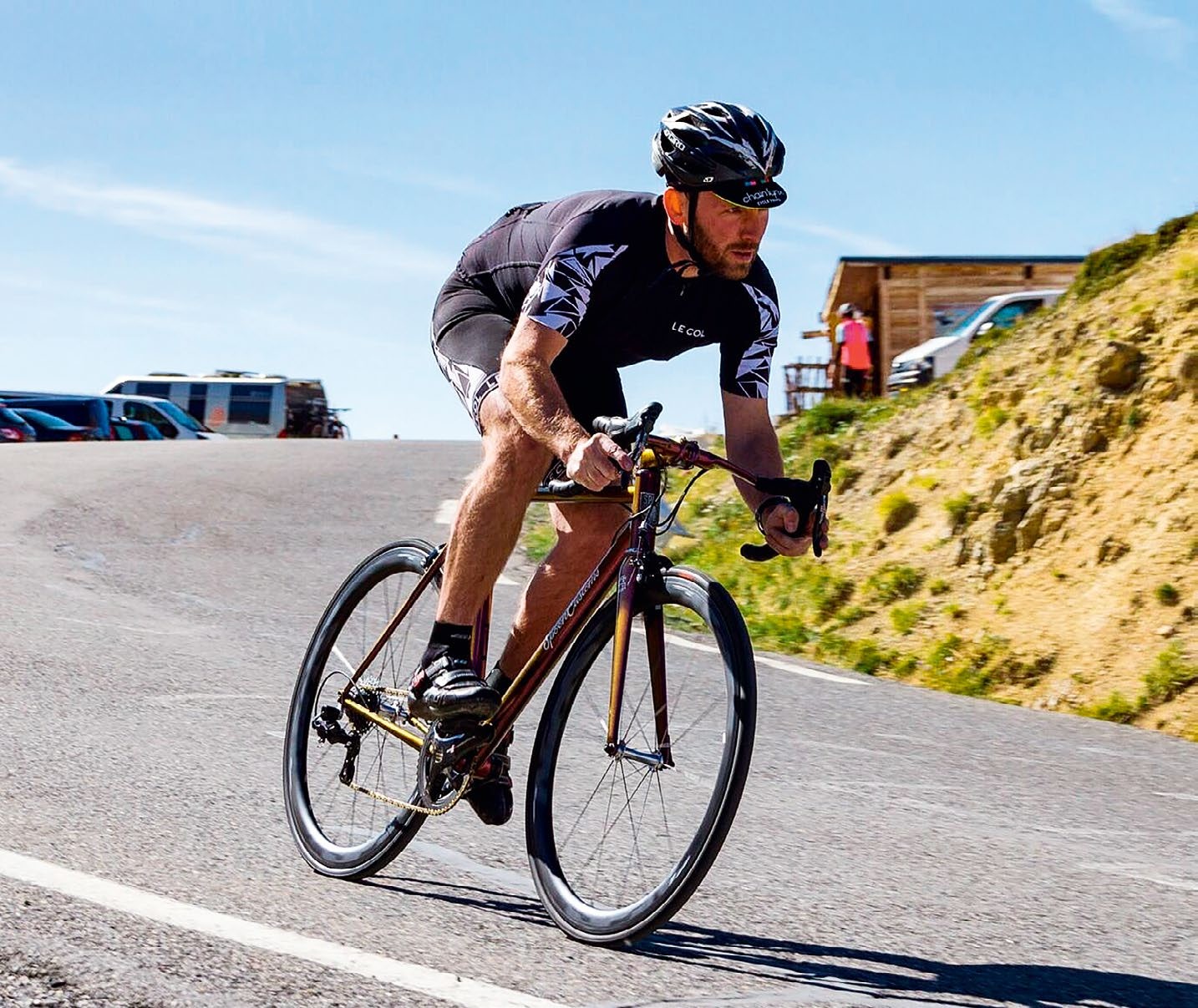
Andy at the height of his powers in 2017 on the Col d’Izoard
“LESS THAN A YEAR AGO I WAS EMPTY, UNFIT AND SKINT. THE ONLY ANSWER WAS TO GET BACK ON THE BIKE”
It’s been incredibly freeing. I have learned it is entirely valid to do a 10k lap from the village and stop at the pub. There’s nothing to share on Instagram, but you’ll likely go further next time. I’ve learned that I am not trying to qualify for the Tour de France, I’m trying to have fun.
The latest race content, interviews, features, reviews and expert buying guides, direct to your inbox!
Kill your cycling ego
In psychedelics, the death of ego is a phrase used to describe a permanent dissolution of the individual’s sense of self. Mine was still centred around the idea that I was still somehow a big deal on a bike, despite the overwhelming evidence that I was barely ticking the basic human, lover or friend boxes, let alone being a good cyclist. That was the last stubborn and outdated idea that needed to go if I was to make any meaningful progress in refinding form.
If you’re worried you might have a cycling ego that’s holding you back, there’s a few easy checks you can make. Have you, for example, ever skipped a ride because you didn’t think you’d be good enough? Or worse, because the ride wasn’t far enough for a serious rider like you? Or because your Garmin wasn’t charged? These were just some of the ways my cycling ego held me back. Over the last few months, I’ve had to unpick all that nonsense systematically, so I can go and ride my bike wherever and whenever I can.
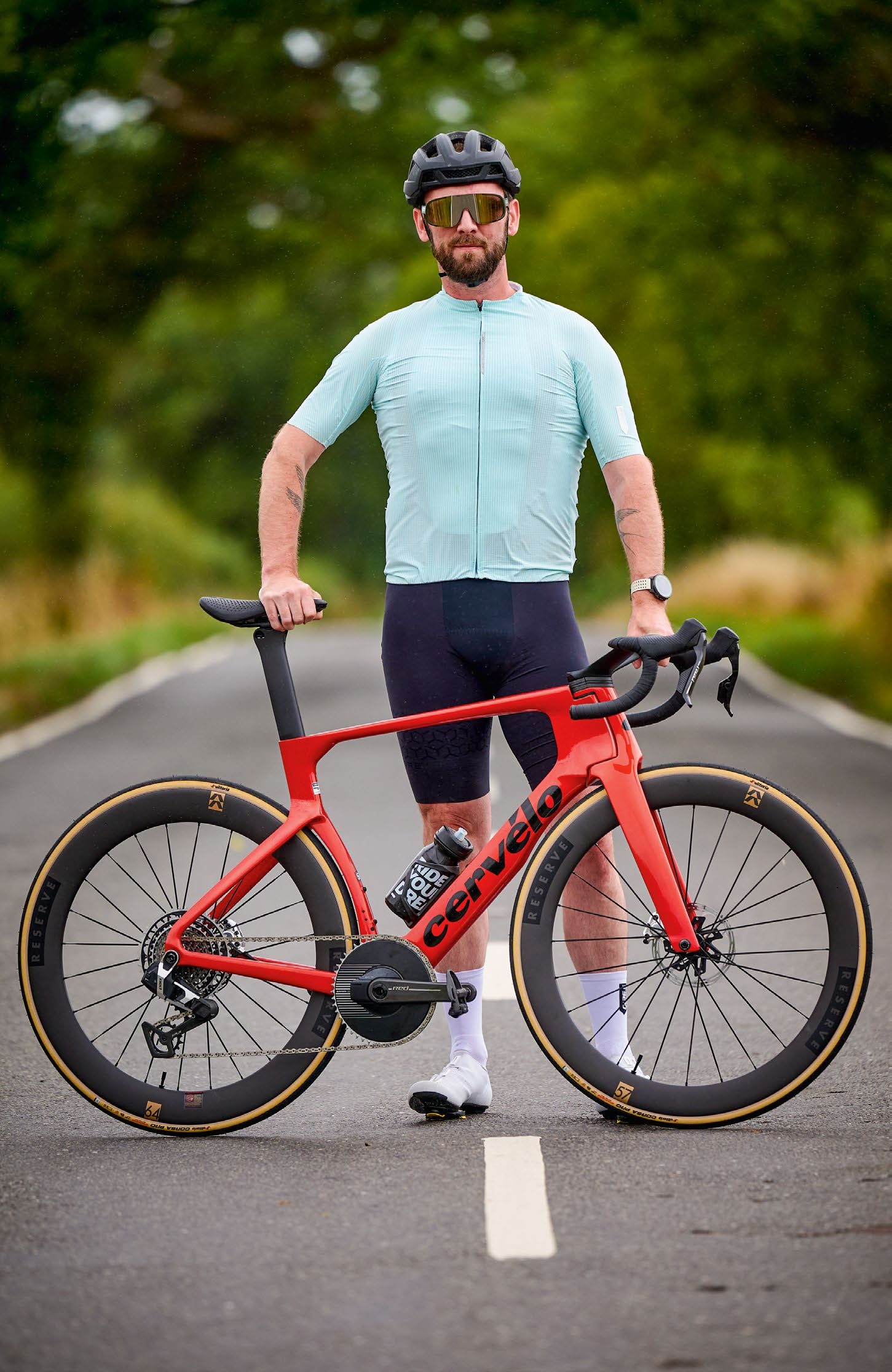
Offer of company? Just say yes
Riddled with illogical doubts, like ‘is it worth riding if it’s less than three hours?’, I’d forgotten to just enjoy cycling. I’d had plenty of riding offers from customers over the preceding few months, but what if people realised I wasn’t super fit anymore?
The truth was, it was screamingly obvious I wasn’t fit. If your mates ask you to go out for a ride, I’d just advise you to go. They didn’t ask you because they care about your power output; they probably genuinely just want to hang out and know it will make you feel better. Riding is medicine, and time with friends is a tonic.
Get creative with limits
This advice ‘start small, build up’ might be obvious, but ignoring it is one of the most significant barriers to getting back to some form, bearing in mind middle-aged joints. I started riding in the mornings and found that the time limit inherent in the pre-work slot was a useful restriction.
This had a few benefits: I could ride out of my skin in a short while, but it meant I rarely rode to exhaustion, and I never had a mechanical problem that I couldn’t walk home from. It also meant I didn’t have to stress about the time I was spending on the bike, or the kit I was taking with me. I just needed to be up and out, and back in time for work.
This may sound limiting, on the face of it, but it gave me a guard rail that kept my ego protected, and gave me a sense of enormous satisfaction from a necessarily short ride. Over time, the morning rides helped build my confidence. Habits like this soon become disciplines, and help to build a sense of competence.
My first dozen rides were laughably brief. I told myself that the ride was the reward – all that mattered was getting out there. If I didn’t ‘feel it’ on any given day, I could return home. It wasn’t about distance, it was about building a habit. Soon I found myself riding harder or further than I’d planned, and this came with a sense of added achievement, which was motivating and – dare I say it – rewarding.
Nourish, sleep, recover
Fruit and veg, good protein, and good sleep cannot be overrated. I have a sleep monitor, which helps me identify late coffees, simple sugar hits, and screens that might be sabotaging my shut-eye. I now drink decaf coffee and am not missing the old stuff at all.
Alcohol messes with your sleep, too. Now that I’ve cut back on booze, I’m finding that even the odd glass upsets my sleep pattern. With empirical data on tap, it’s easier to justify skipping alcohol altogether.
I take a regular supplement stack – many related to absorption issues from celiac disease and IBS – but the chief and relatively new highlight is glucosamine sulphate. I find it helps significantly with recovery in my joints. Broadly speaking, Vitamin D and omega-3 are the only supplements with a very strong evidence base (as far as healthy people are concerned); just take care of the basics, get good sleep, veg, vitamins and plenty of water.
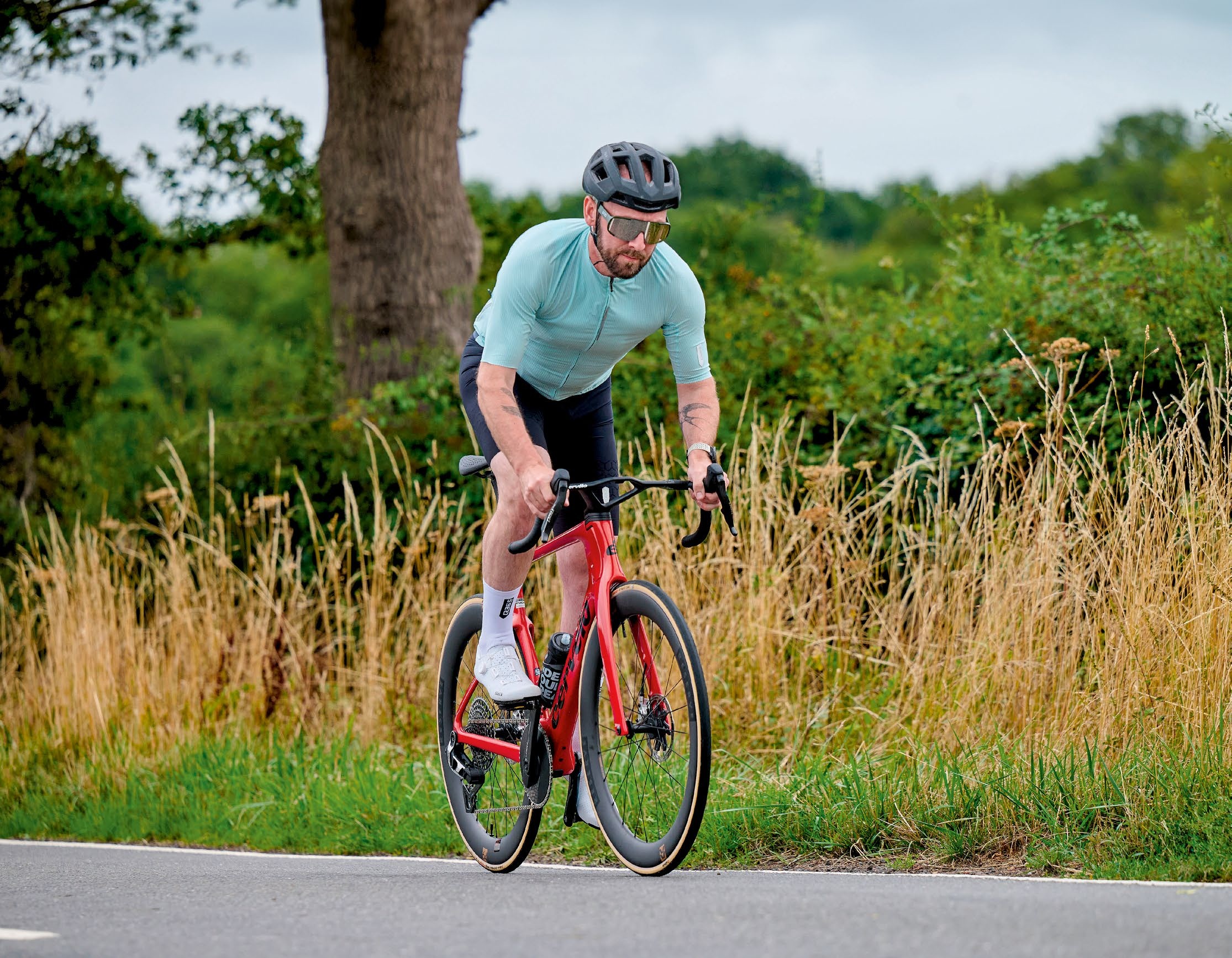
You don’t need to smash yourself on the bike to transform your attitude to yourself
You can’t hide – so run
Your cardio system powers your cycling, and lacing up your trainers for a run is far less hassle than kitting up for a bike ride. I started with a run to the beach and back: just 2km, but I could barely manage it without stopping. I’m now running 5km several times a week, stretching it to 10km occasionally. Timing my runs while leaving my rides data-free means cycling remains fun.
The satisfaction I felt upon comfortably running to the beach for the first time wasn’t shareable on Strava, but it was immense for my motivation. By setting myself small, attainable goals, the rewards came quickly and fuelled the positivity to keep going. On a kilometre-for-kilometre basis, running is much harder on your cardiovascular system than cycling. This is important if you’re results-driven and time-poor, and want to see gains on the bike.
“I’M RUNNING AND RIDING ALMOST EVERY DAY... I’M FAR HAPPIER AND HEALTHIER AS A RESULT”
Motivation? It’s overrated
Becoming an adult is about developing the discipline needed to get out of bed and go to work – but it doesn’t mean we dash to our jobs with a spring in our step. It’s the repetition and responsibility that gets us out of the door – if we relied solely on motivation, nothing would ever get done. Be similarly realistic about your exercise: make it a habit and just do it.
Share your plans
It’s helped me to share my training plans with friends. Even if it’s just, “I’m going cycling tomorrow”, the statement carries its own power – to say it is to believe it. Now that I work at Cycling Weekly, it’s acceptable to share weekly goals with my boss, the editor; Simon is a runner, so he understands if I tell him that this week I’m aiming to get my 5km to under 25 minutes, it makes me accountable. Try it.
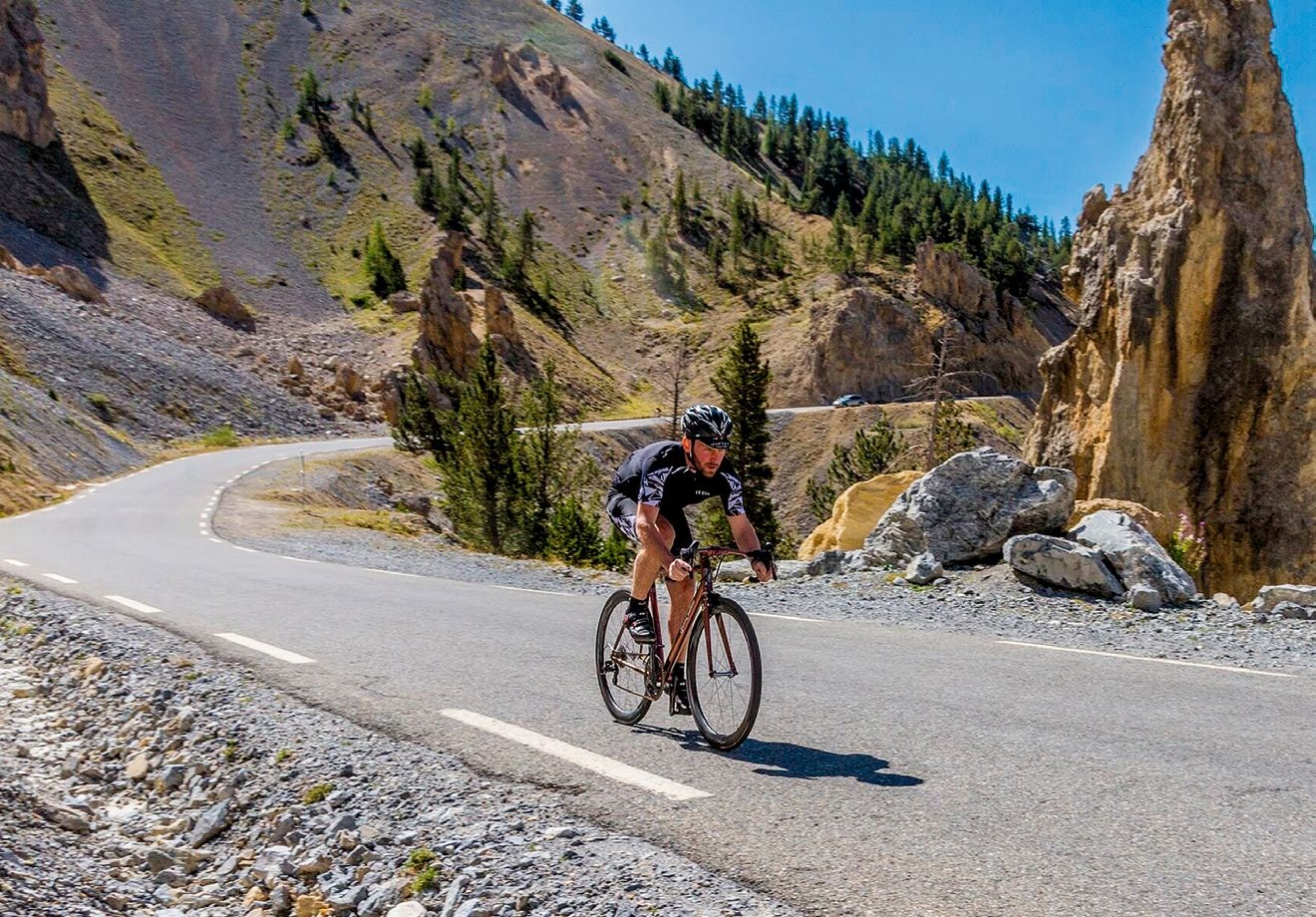
The road back to full fitness is as much about the journey as the destination
Share the experience
When I moved to rural Norfolk at the start of this rebuilding process, I felt very alone – that deep sense of loneliness that creeps in when you feel low. A few months on, I can see now how many people have contributed to my progress; I feel supported and thankful. So if you’re starting from a lifetime low base as I was, trust that the connections you make will become more apparent and meaningful as the fitness builds back. I’m not qualified to comment on how to fix feelings of loneliness, but I found a different perspective after a few weeks of discipline with my training, and that is a welcome side effect.
As mentioned, colleagues have helped, as has an old schoolmate who lives nearby. There’s my new neighbour Su, and my parents – who probably wonder why I announce my weekly athletic achievements like a kid coming home from school from sports day. Hopefully they find it cute. The audience is less important than the sharing: let others into your project.
Small beginnings
Nowadays I’m riding or running almost every day and taking good care of myself. As a result, I’m far happier and healthier. I’m nowhere near old form, but I don’t think that’s a reasonable expectation after nearly a decade of self-neglect. More than ever before, I am comfortable in the peace and quiet of Norfolk’s less-than-hilly lanes, with plenty of friendly or familiar stops along my regular routes.
If you’re struggling with any of the issues raised here, reach out to a professional and seek help today. Take some small steps towards building the life you deserve. The hardest bit is that first step. If you’re just struggling with getting back to training or finding previous form, start small, set achievable goals, and take the credit where it’s due. Small goals are easy to hit – let them grow naturally. It’s certainly worth the effort.
The kit that has sustained my mojo
Using products that work well, look nice and feel good will help maintain your enthusiasm. These are the stand-out items that have become trusted training partners as I’ve rebuilt fitness.
100% Speedcraft sunglasses (£118): I’ve tested stacks of sunglasses, but I bought these myself years ago and they’re still my faves. Great visual clarity, and the lenses have never picked up a scratch. The silicone gripper on one arm fell off recently, but they remain my go-to glasses.
Q36.5 Dottere bibshorts (£250): Hands-down the best pair of bibs I’ve ever worn. And that matters when you’re reacquainting your bottom with the saddle. Money matters too, of course, and Rapha’s Core bibs are less than half the price and hard to beat if you want something nearly as good, stylish and cut nicely.
Muov Road smart-bike (£4,995): If Zwift gamified indoor cycling, Muov completed it. This ‘real movement’ smart trainer could only be better at being a smart-bike if it had wheels and you could ride it outside. Eyewateringly expensive, though. The cheaper ‘real movement’ alternative is Wahoo’s Kickr Rollr.
Van Rysel RoadR 500 helmet (£30-50): I’ve used the best helmets in the world, and I still grab this one every time I go out for a ride. Great vents, good fit, looks good, and so unbelievably cheap – you hardly have to worry about it. I bought it myself, from Decathlon.
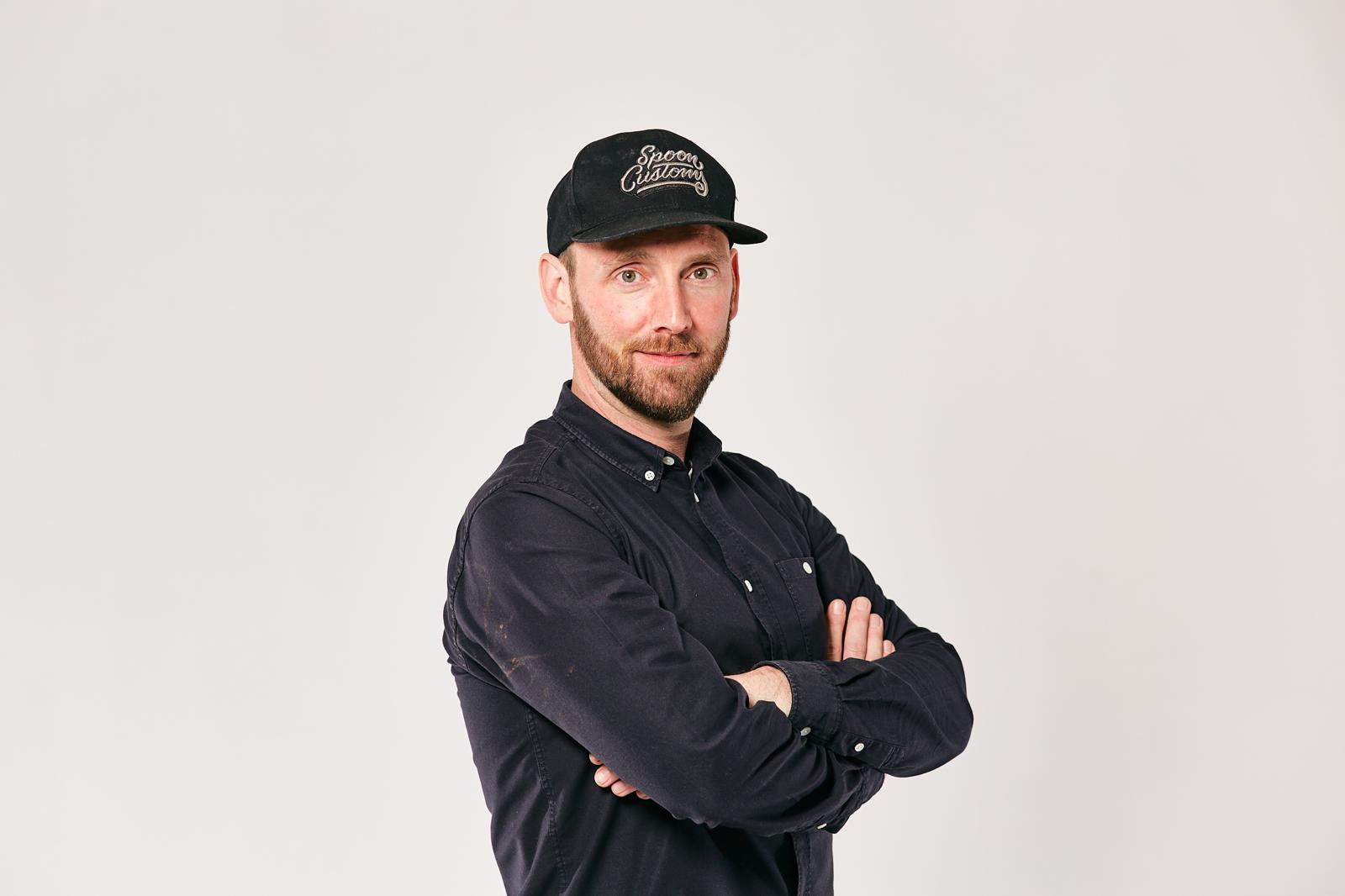
Andy Carr is the tech editor at Cycling Weekly. He was founder of Spoon Customs, where for ten years, him and his team designed and built some of the world's most coveted custom bikes. The company also created Gun Control Custom Paint. Together the brands championed the highest standards in fit, fabrication and finishing.
Nowadays, Andy is based in Norfolk, where he loves riding almost anything with two-wheels. He was an alpine ride guide for a time, and gets back to the Southern Alps as often as possible.
You must confirm your public display name before commenting
Please logout and then login again, you will then be prompted to enter your display name.